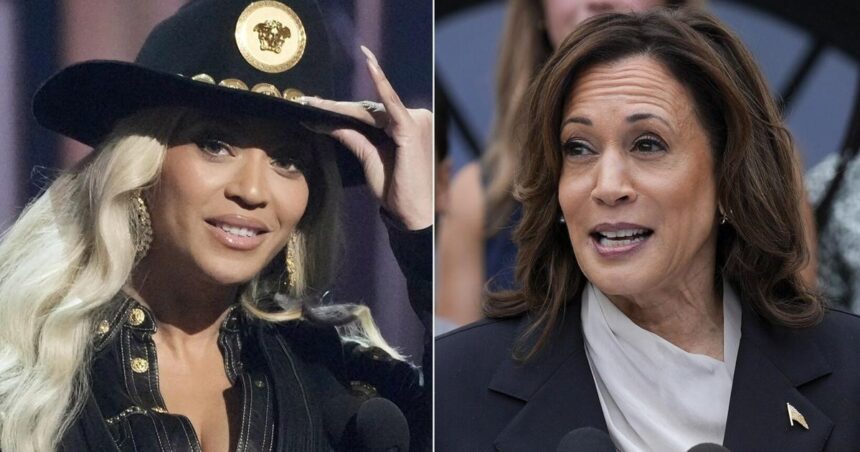Stephanie Jacques grew up attending country concerts where she used to count the number of Black people in attendance. Despite feeling relatively safe, she encountered Confederate flags and racism at shows. Jacques, a biracial woman raised by a Southern grandma in a predominately White town in California, eventually pursued a career in singing country music after years of sticking to soul and R&B.
Tara Nelson also had a complicated relationship with country culture. Growing up enjoying country music, she attended a predominantly White university in Washington state. However, she eventually felt out of place in country bars, where she faced uncomfortable stares and questions about her enjoyment of country music.
Throughout history, country music was created by borrowing elements from Black enslaved people in the early 1800s. The commercial country music industry that began in 1922 was initially marketed towards White rural audiences, with Black artists marginalized to genres like blues and jazz.
Charley Pride’s success in the 1960s opened doors for Black country singers like Linda Martell, who became the first commercially successful Black woman in country music. However, barriers remained for Black artists in the industry.
Despite these challenges, Black artists like Alice Randall managed to break through. Randall, who became the first Black woman to write a number-one country hit in 1994, highlights the need to deconstruct racial bias in country music and society as a whole.
The history of country music reflects broader societal divisions based on race, with the industry traditionally catering to White audiences. However, Black artists have made important contributions to the genre and continue to challenge stereotypes and barriers in country music.





